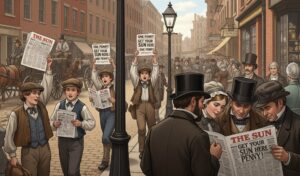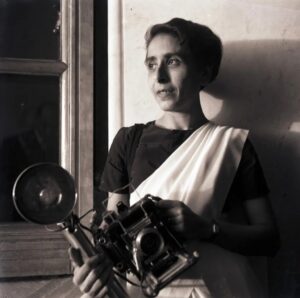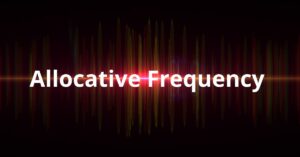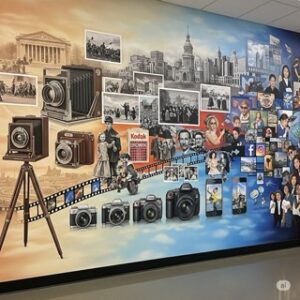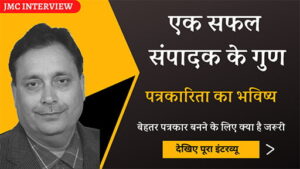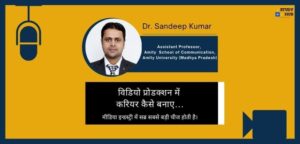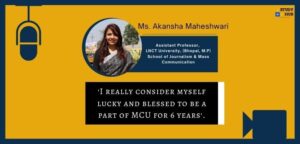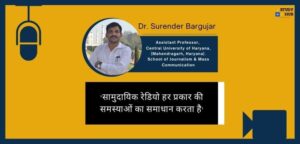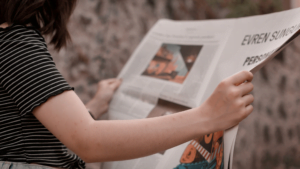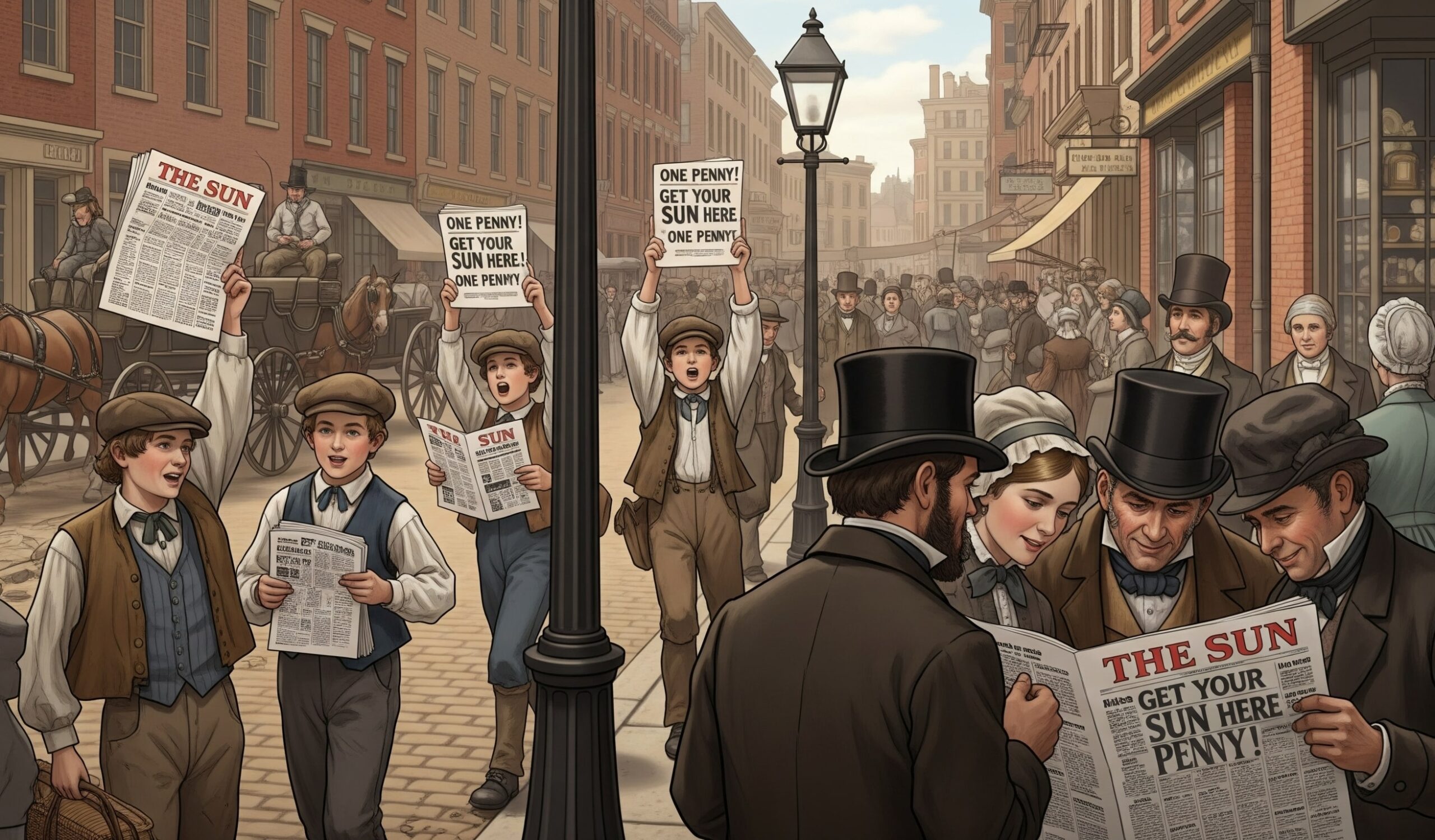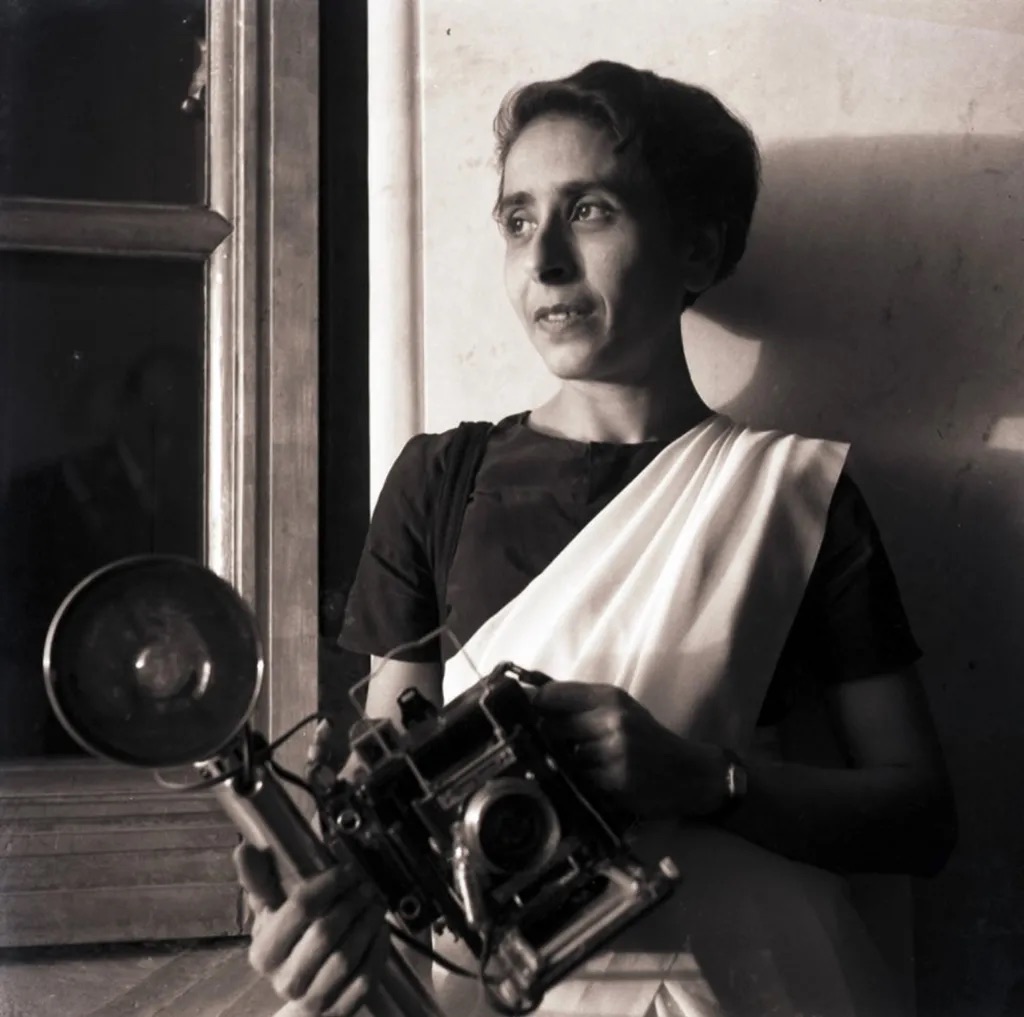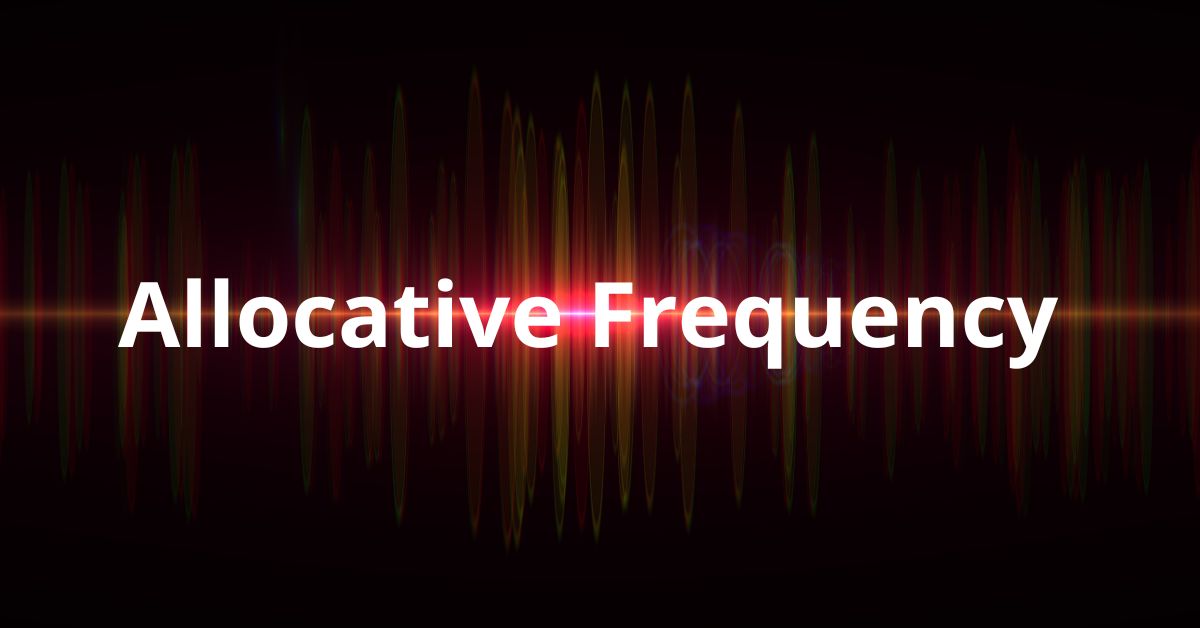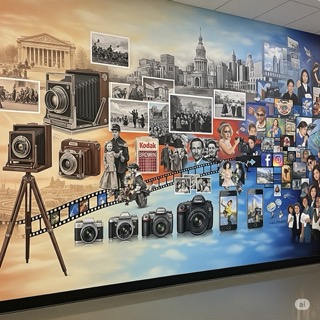Identify the correct chronological sequence of committees:
(A) P. C Joshi — Mc Bride — Varadan — Sengupta
(B) Varadan — Sengupta — Mc Bride — P. C Joshi
(C) Mc Bride — P. C Joshi — Sengupta — Varadan
(D) Mc Bride — P. C Joshi — Varadan — Sengupta
Correct Ans: (D)
Explanation:
Over time, several committees have shaped media policies, each contributing to different aspects of governance. Recognizing their chronological sequence helps in understanding the evolution of media regulations.
To begin with, the McBride Commission, established by UNESCO in the late 1970s, tackled global communication disparities. In 1980, it published Many Voices, One World, advocating for a more balanced distribution of media resources. Consequently, this led to discussions on the New World Information and Communication Order (NWICO).
Shortly after, the P.C. Joshi Committee emerged in 1982, aiming to modernize India’s broadcasting sector. Unlike its predecessor, this committee focused specifically on Doordarshan and Akashvani, emphasizing autonomy and cultural diversity. As a result, it introduced crucial reforms that reshaped Indian television.
Meanwhile, the Varadan Committee examined advertising regulations. By setting ethical standards and content guidelines, it sought to promote responsible advertising. Furthermore, its recommendations encouraged media platforms to follow stricter commercial policies.
Lastly, the Sengupta Committee played a pivotal role in supporting small and medium newspapers. Instead of solely addressing financial challenges, it also worked on press freedom and government advertisement policies. These efforts significantly strengthened regional publications.
Overall, each committee contributed uniquely to media governance. Their collective influence ensured a balance between press freedom, responsible communication, and regulatory advancements.



